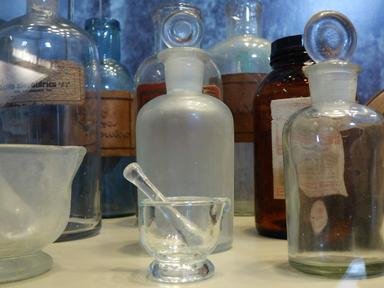
Dating the Elements Trivia Quiz
Put these elements in the order in which humans discovered them, starting with the one generally accepted to be the earliest and ending with the one dating from 2009. The order is the date when the element was identified, even if it was known earlier..
An ordering quiz
by rossian.
Estimated time: 3 mins.
- Home
- »
- Quizzes
- »
- Science Trivia
- »
- Chemistry
- »
- Mixed Elements